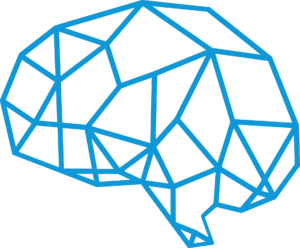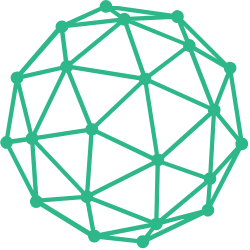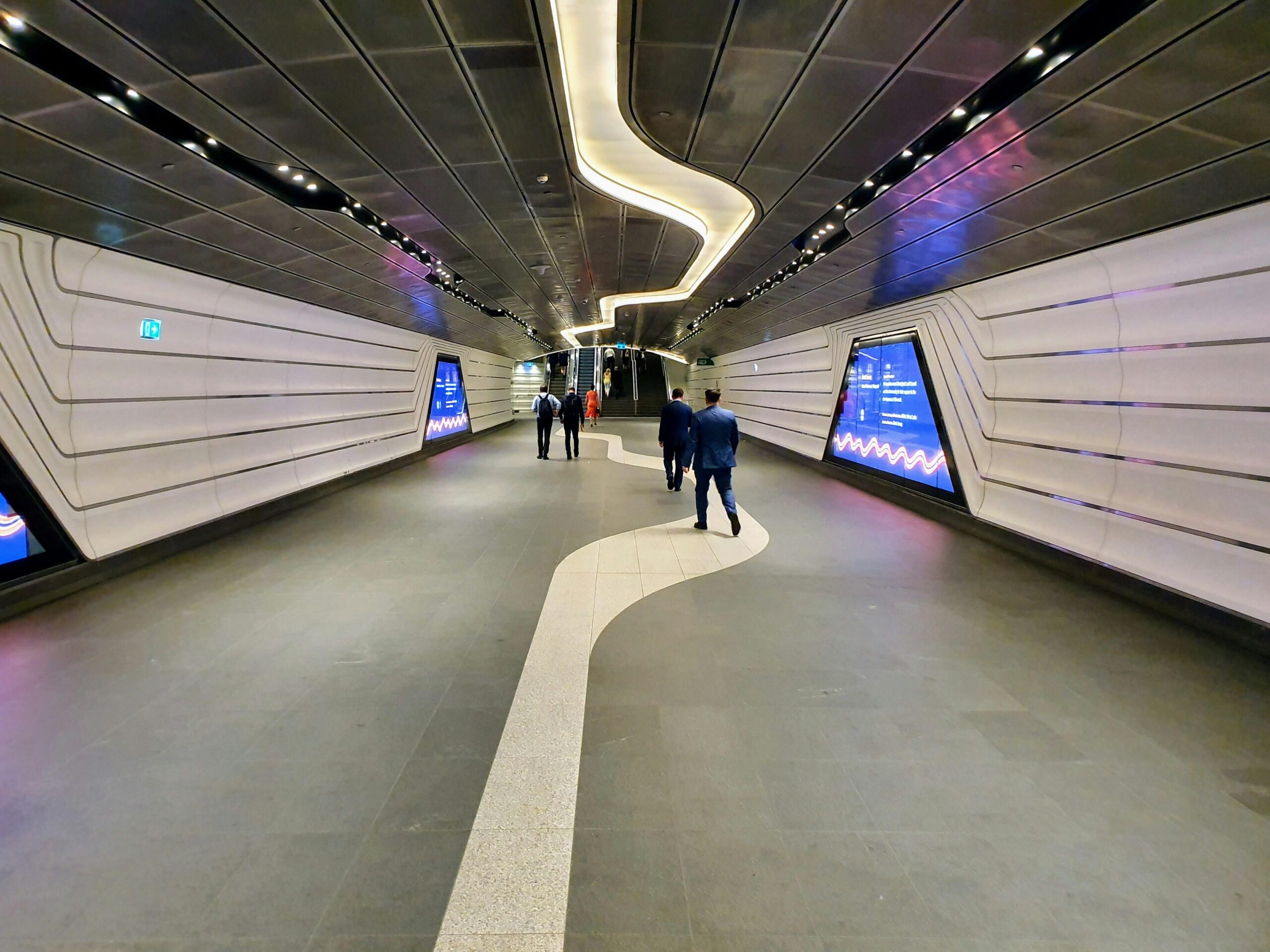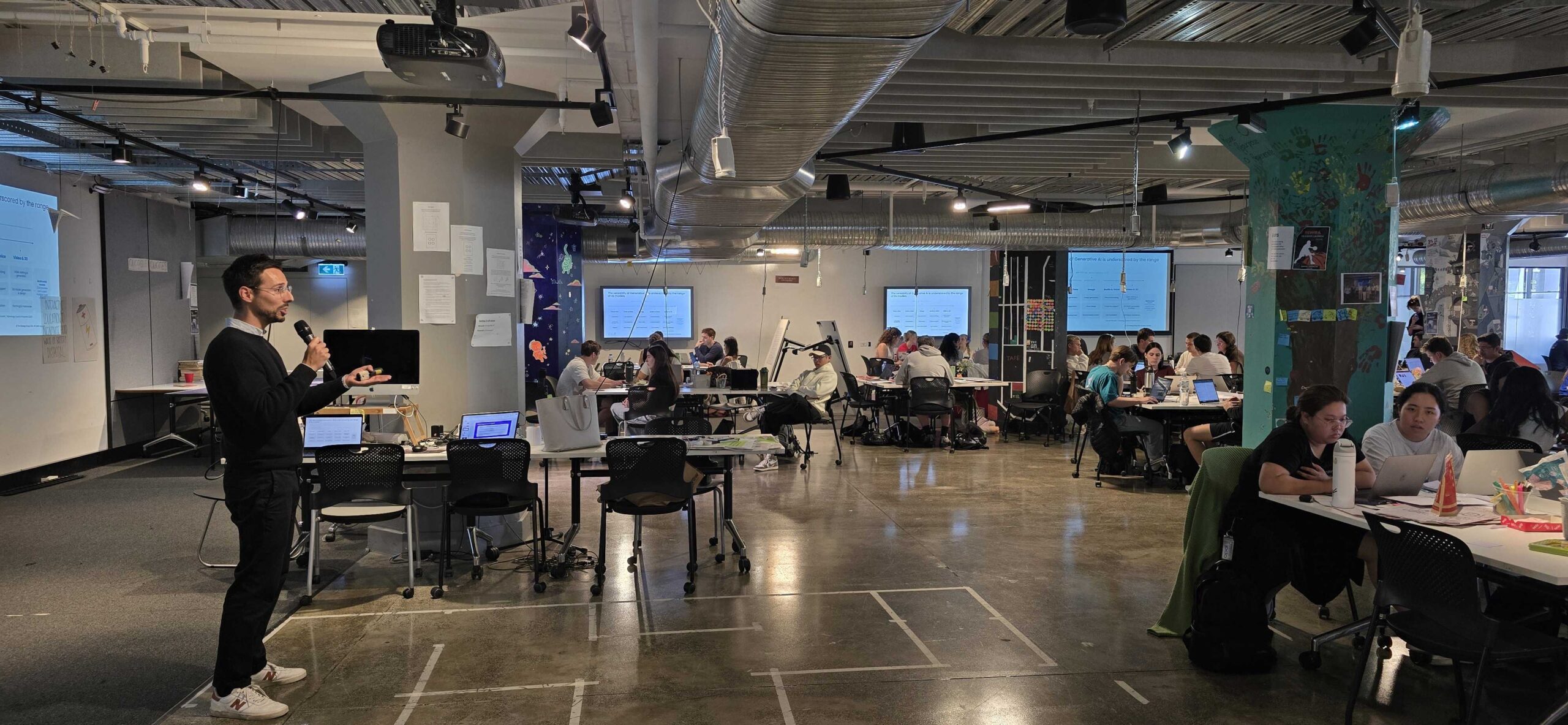Ethics in Human-Centered Design: Crafting Solutions with Integrity
In today’s rapidly evolving design landscape, the intersection of ethics and human-centered design (HCD) is more crucial than ever. As designers and innovators, our creations have the power to influence behaviors, shape experiences, and impact lives. But with this power comes a profound responsibility: to ensure that our designs not only serve users but also uphold the highest ethical standards.
Why Merge Ethics in Human-Centered Design?
Empathetic Solutions: At its core, HCD is about understanding and empathising with users. By integrating ethical considerations, we ensure that our solutions not only resonate with users’ needs but also respect their rights, values, and dignity.
Inclusivity: HCD champions designs that cater to diverse user groups. Ethical considerations further this inclusivity by ensuring that no group is marginalized or disadvantaged by design decisions.
Transparency and Trust: Ethical design fosters trust. When users know that a product or service has been designed with their best interests in mind, they’re more likely to engage with it. Transparency in design processes and decisions further bolsters this trust.
Real-World Implications of Ethical HCD
Consider the realm of digital products. Algorithms, often seen as neutral entities, are designed by humans and can inadvertently perpetuate biases. Ethical HCD would involve recognizing these biases and actively working to mitigate them, ensuring that digital solutions are equitable and just.
Similarly, in urban planning, an ethically designed public space would not only be aesthetically pleasing but also accessible to all, regardless of physical ability, age, or socio-economic status.
Championing Ethical Human-Centered Design
At The Strategy Group, we believe that the fusion of ethics and HCD is the future of design. It’s not just about creating solutions that work; it’s about crafting solutions that work for everyone and do so with integrity.
To truly champion ethical HCD:
Engage with Users: Regularly seek feedback and understand the broader implications of design decisions on users’ lives.
- Continuous Learning: Stay updated on ethical considerations in design. As society evolves, so too will our understanding of what’s ethical.
- Collaborate: Ethical dilemmas are rarely straightforward. Collaborate with peers, users, and experts to navigate these challenges.
In conclusion, as we stand at the crossroads of innovation and ethics, it’s imperative to choose a path that prioritises both human-centricity and ethical integrity. By doing so, we can craft solutions that not only solve problems but also uplift humanity.












